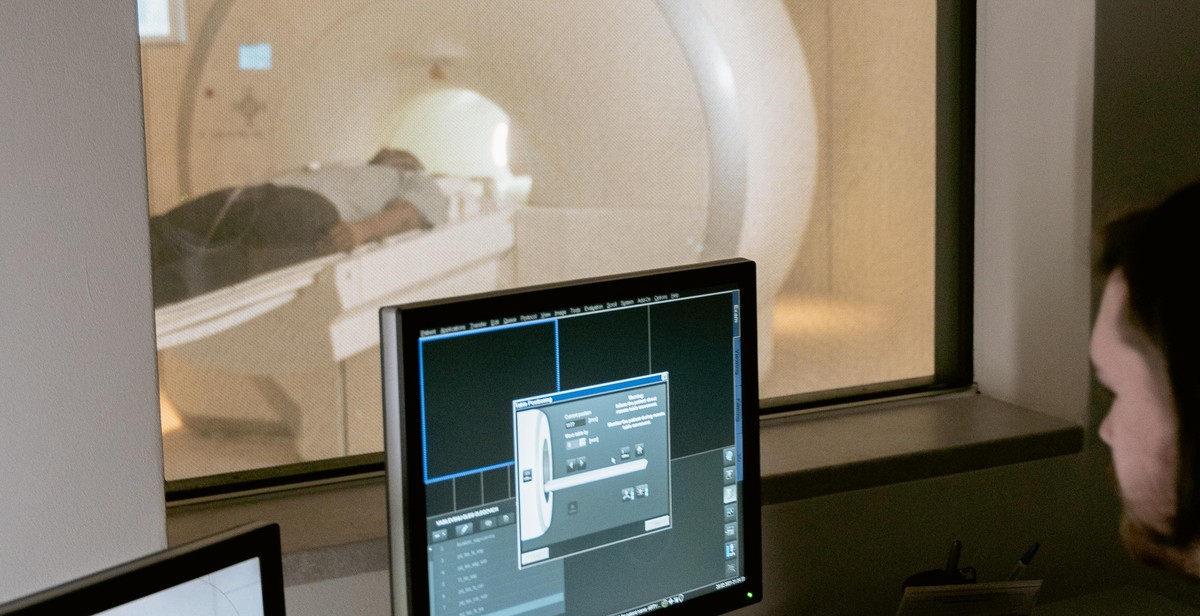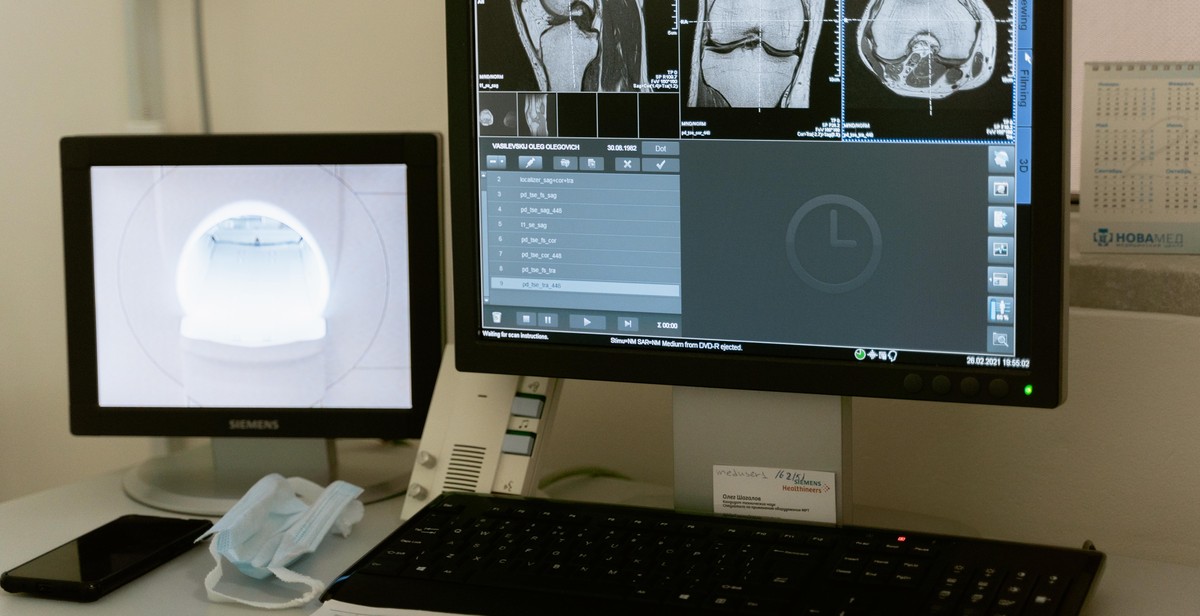How to Protect Yourself from X-ray Radiation: Safety Measures for X-ray Technicians and Patients
As a professional in the field of radiology, I have had extensive experience with X-ray radiation. X-ray technology has revolutionized the medical industry, allowing physicians to diagnose and treat a variety of conditions with greater accuracy and efficiency than ever before. However, it is important to remember that X-ray radiation can also pose potential health risks if proper safety measures are not taken.
My Experience with X-ray Radiation
During my career, I have witnessed firsthand the importance of safety protocols in protecting both X-ray technicians and patients from the harmful effects of radiation exposure. As a technician, I have undergone extensive training and education to ensure that I am equipped with the knowledge and skills necessary to maintain a safe working environment.
Additionally, I have worked closely with patients to ensure that they are informed about the potential risks associated with X-ray radiation and are provided with adequate protection during procedures.
The Importance of Safety Measures
Whether you are an X-ray technician or a patient undergoing a procedure, it is essential to prioritize safety measures to minimize the risk of radiation exposure. This article will provide a comprehensive guide to the various safety measures that can be taken to protect yourself from X-ray radiation.
- Wearing protective gear
- Minimizing exposure time
- Using shielding devices
- Regularly monitoring radiation levels
By following these safety guidelines, we can ensure that X-ray technology continues to be a valuable tool in the medical industry while minimizing potential health risks.

What is X-ray Radiation?
X-ray radiation is a type of electromagnetic radiation that has a shorter wavelength than visible light. It is produced by the movement of electrons in atoms, and can penetrate through materials that absorb or reflect visible light. X-rays are commonly used in medical imaging to create images of the inside of the human body.
Sources of X-ray Radiation
X-ray radiation can be produced naturally or artificially. Natural sources of X-ray radiation include cosmic rays from outer space and radioactive materials in the Earth’s crust. Artificial sources of X-ray radiation include X-ray machines used in medical imaging, industrial X-ray machines used for quality control and inspection, and nuclear explosions.
Medical X-ray machines are the most common source of artificial X-ray radiation. They are used to create images of bones and internal organs to help diagnose medical conditions. Industrial X-ray machines are used to inspect the quality of materials such as metal, plastic, and electronics. Nuclear explosions can also produce large amounts of X-ray radiation.
- Natural sources of X-ray radiation: cosmic rays and radioactive materials in the Earth’s crust.
- Artificial sources of X-ray radiation: medical X-ray machines, industrial X-ray machines, and nuclear explosions.
X-ray radiation can be harmful to living organisms, especially with prolonged exposure. It can cause damage to DNA, leading to mutations and potentially cancer. Therefore, it is important for X-ray technicians and patients to take proper safety measures to protect themselves from unnecessary exposure to X-ray radiation.

Health Risks of X-ray Radiation
X-ray radiation is a type of ionizing radiation that can cause both short-term and long-term health risks.
Short-term Health Risks
Short-term health risks from exposure to X-ray radiation include skin redness, hair loss, and nausea. These symptoms usually disappear within a few days or weeks after exposure. However, if the radiation dose is high, it can cause acute radiation syndrome, which can be life-threatening. Symptoms of acute radiation syndrome include vomiting, diarrhea, fever, and seizures.
Long-term Health Risks
Long-term health risks from exposure to X-ray radiation include an increased risk of cancer and genetic mutations. According to the National Cancer Institute, exposure to high levels of ionizing radiation, such as X-ray radiation, can cause cancer in any part of the body. The risk of cancer is higher for people who are exposed to X-ray radiation frequently or in high doses.
X-ray radiation can also cause genetic mutations, which can be passed down to future generations. These mutations can increase the risk of birth defects, genetic disorders, and cancer.
Protecting Yourself from X-ray Radiation
X-ray technicians and patients can take several safety measures to protect themselves from the harmful effects of X-ray radiation. These include:
- Wearing protective clothing, such as lead aprons and gloves
- Using shielding devices, such as lead screens and collimators
- Minimizing the time spent near the X-ray source
- Increasing the distance from the X-ray source
- Using the lowest possible X-ray dose that still provides diagnostic information
| Type of X-ray | Typical Effective Dose |
|---|---|
| Chest X-ray | 0.1 mSv |
| Dental X-ray | 0.01 – 0.1 mSv |
| CT scan | 10 – 20 mSv |

Safety Measures for X-ray Technicians
As an experienced X-ray technician, I understand the importance of taking proper safety measures to protect myself from the harmful effects of radiation exposure. Here are some safety measures that every X-ray technician should take:
Personal Protective Equipment (PPE)
Wearing personal protective equipment (PPE) is essential to protect yourself from radiation exposure. PPE includes lead aprons, gloves, thyroid shields, and lead glasses. These protective gears help to reduce your exposure to radiation and protect your vital organs from harm.
It’s important to ensure that your PPE is in good condition, fits well, and is worn properly. Always wear your PPE when you’re working with X-ray equipment, and make sure to replace any damaged or worn-out equipment immediately.
Proper Use of X-ray Equipment
Proper use of X-ray equipment is critical to reducing your exposure to radiation. Always follow the manufacturer’s instructions and guidelines for using the equipment. Make sure that the equipment is functioning correctly before using it and ensure that you’re using the appropriate settings for the patient’s needs.
It’s also important to take measures to limit the amount of time you spend near the X-ray equipment. When you’re not using the equipment, make sure to turn it off or put it in standby mode to reduce radiation exposure.
Regular Maintenance of X-ray Equipment
Regular maintenance of X-ray equipment is crucial to ensure that it’s functioning correctly and to reduce the risk of radiation exposure. Schedule regular maintenance and inspections of the equipment to identify any issues and fix them promptly.
It’s also important to keep the equipment clean and free from debris to ensure that it’s functioning correctly. Regular cleaning and disinfecting of the equipment can help to reduce the risk of contamination and keep the equipment functioning correctly.
- Always wear personal protective equipment (PPE) when working with X-ray equipment
- Ensure that your PPE is in good condition, fits well, and is worn properly
- Follow the manufacturer’s instructions and guidelines for using the equipment
- Limit the amount of time you spend near the X-ray equipment
- Schedule regular maintenance and inspections of the equipment
- Keep the equipment clean and free from debris
By following these safety measures, X-ray technicians can protect themselves from radiation exposure and reduce the risk of long-term health effects. Remember, safety should always be the top priority when working with X-ray equipment.

Safety Measures for X-ray Patients
As a patient undergoing an X-ray procedure, it is important to be aware of the safety measures that should be taken to minimize the risks associated with radiation exposure. Here are some essential safety measures:
Patient Education
Patient education is an important aspect of ensuring safety during an X-ray procedure. Patients should be informed about the procedure, why it is being performed, and what to expect during and after the procedure. They should also be informed about the potential risks associated with radiation exposure and the measures that will be taken to minimize those risks.
Patients should also inform their healthcare provider if they are pregnant or suspect they may be pregnant. Pregnant women are more susceptible to the harmful effects of radiation, and special precautions may need to be taken.
Patient Shielding
Patient shielding is another important safety measure that can help reduce radiation exposure during an X-ray procedure. Shielding involves the use of lead aprons or other protective devices to cover parts of the body that are not being imaged.
The use of shielding can help reduce radiation exposure to the patient and should be used whenever possible. However, it is important to note that shielding should not be used as a substitute for proper positioning or technique during the X-ray procedure.
Patients should also inform their healthcare provider if they have any metal implants or devices in their body, as these can interfere with the imaging process and may require special precautions.
Conclusion
By following these safety measures, patients can help minimize their exposure to radiation during an X-ray procedure. It is important to discuss any concerns or questions with your healthcare provider before the procedure to ensure that all necessary precautions are taken.

Conclusion
In conclusion, protecting oneself from X-ray radiation is crucial for both X-ray technicians and patients. The safety measures outlined in this article provide a comprehensive guide to minimize the risks associated with X-ray radiation exposure. As an experienced X-ray technician, I have personally witnessed the importance of following these safety measures to prevent any long-term health effects.
It is essential to always wear protective gear such as lead aprons, thyroid shields, and gloves while conducting X-ray procedures. Additionally, keeping a safe distance from the X-ray source and limiting exposure time can significantly reduce the risks of radiation exposure.
For patients, it is important to inform the X-ray technician of any past medical history or pregnancy as they may require additional precautions during the procedure. Patients should also ensure that the X-ray facility is following safety guidelines set by regulatory bodies such as the FDA and the American College of Radiology.
Overall, protecting oneself from X-ray radiation requires a collective effort from both X-ray technicians and patients. By following the safety measures outlined in this article, we can minimize the risks associated with X-ray radiation exposure and ensure a safe working environment for everyone.
